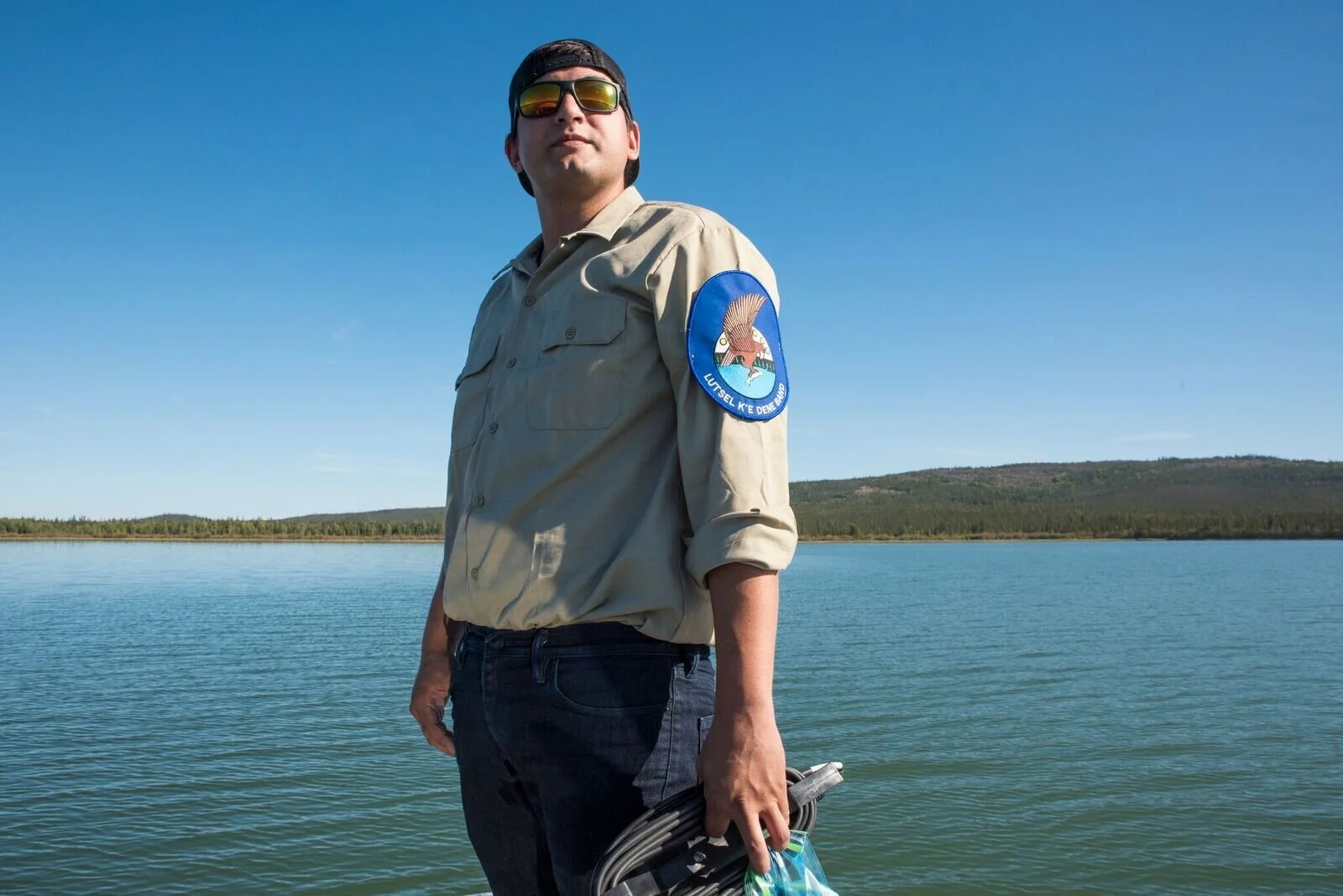The Boreal Forest in Canada is the largest intact forest left on the planet, sustaining an abundance of animal and plant life and offering a shield in the fight against climate change. Thanks to several Indigenous-led breakthroughs, vast areas of the boreal are on track to be sustained and conserved far into the future.
Read MoreAs climate change and biodiversity loss approach a critical point, the Seal River Watershed offers a gift: an opportunity to sustain healthy lands at a sweeping scale. When finalised, the Indigenous Protected Area will be the largest land-based protected area in Canada. It will also support a new model of conservation – one led by and for Indigenous Nations – and contribute to global efforts to sustain biodiversity. It will ensure that habitats and peoples thrive, and thousands of caribou, millions of migratory birds and more are abundant for generations to come.
Read MoreWith the arrival of autumn, between 3 billion to 5 billion birds are preparing to travel from their nesting grounds in the Boreal Forest in Canada to wintering grounds thousands of miles away. This fall is also when the UN Biodiversity Conference, or COP16, will be held in Cali, Colombia. Migrating birds remind us of the interconnectedness of nature, and they link Canada and Colombia–two seemingly disparate places–through their life cycles.
Read MoreILI is taking the helm of the International Boreal Conservation Campaign and absorbing IBCC’s remaining staff, assets, and relationships with funders. This milestone marks one of the first times a longstanding, successful environmental campaign has been transferred to Indigenous leadership.
Read MoreCOP15 is also our chance to do something big – to not only talk about protections, but take action and truly protect global biodiversity on the massive scale that is still possible because we have intact places like the Boreal Forest.
Read MoreAmid the challenges presented by COVID-19, several bright spots emerged. Across the Boreal Forest, Indigenous Nations and their allies made sweeping gains in sustaining the lands, waters and natural systems we all depend on.
Read MoreConserving intact forests not only pulls carbon from the air, it also sustains habitat for birds and other wildlife we love. Many Indigenous Nations are leading the way with nature-based climate solutions by conserving large healthy lands rich in bird nesting grounds.
Read MoreIndigenous Nations are stepping up, working to create new protected areas and sustain biodiversity. Indigenous Nations can help Canada become a global leader in conservation and much more. Indigenous-led conservation offers positive, transformative change— for the land, communities and regional economies.
Read MoreLeadership that makes bold commitments to deal with the loss of birds and other biodiversity at the scale needed—like that shown by Canada and other countries and by Indigenous governments—is vital if we are to ensure a healthy and livable planet thriving with birds, wildlife, plants and people.
Read MoreThe report shows that the Seal River Watershed is a critically important breeding and migratory stop-over for huge numbers of waterfowl including lots of the species that people in the U.S. love to see in migration and winter.
Read More“Most Canadians agree Indigenous-led conservation is good for the economy. They see it as an important path forward. The pandemic has caused painful disruption, but it is also an opportunity to make positive change. And many businesses are committed to making change by supporting Indigenous leadership on the land,” said JP Gladu.
Read MoreThe authors show that the most important areas for conservation of biodiversity have major overlap with the most important areas for climate stabilization. This includes the massive carbon banks of the Boreal Forest biome of Canada and Alaska. And there is more good news—many of these globally important places for biodiversity and climate are being conserved by Indigenous governments.
Read MoreThe most striking feature we identified is that the boreal—a continent-wide landscape—is over 80 percent intact. That means it is one of the last opportunities to protect as much habitat as science tells us we need to protect in order to maintain the birds and other wildlife and plants and the ability of the forest to clean the air and water.
Read MoreThe return of birds each summer to their breeding grounds in the boreal is one of the most visible and universally celebrated of those cycles here in the Northern Hemisphere. Right now, billions of birds are raising their young in North America’s Boreal Forest. Their cycle of regeneration inspires hope.
Read More“The public views the post-pandemic recovery as an opportunity for positive change, and they clearly want nature protection and Indigenous-led conservation be a part of our rebuilding of a better Canada."
Read MoreAccording to a new poll, most Canadians view conservation as an important part of economic recovery. And nearly three in four Canadians support federal investment in Indigenous stewardship—including Indigenous Guardians and Indigenous Protected and Conserved Areas—to help create jobs, build prosperity, and meet Canada’s conservation commitments.
Read MoreAlors que les efforts du pays sont axés sur le rétablissement de la santé publique et de l’économie dans le contexte de la COVID-19, la plupart des Canadiens souhaitent toujours que le gouvernement fédéral accorde la priorité à la protection de la nature. De plus, près de trois Canadiens sur quatre appuient l’investissement fédéral dans l’intendance autochtone
Read MoreAccording to the poll, most Canadians favour making Indigenous-led conservation a central part of Canada’s plan to meet international targets for preserving biodiversity.
Read MoreIndigenous governments are caring for the land across the country. Many have embraced land use planning as a tool for determining what lands they want to protect and where they will allow development.
Read More

















